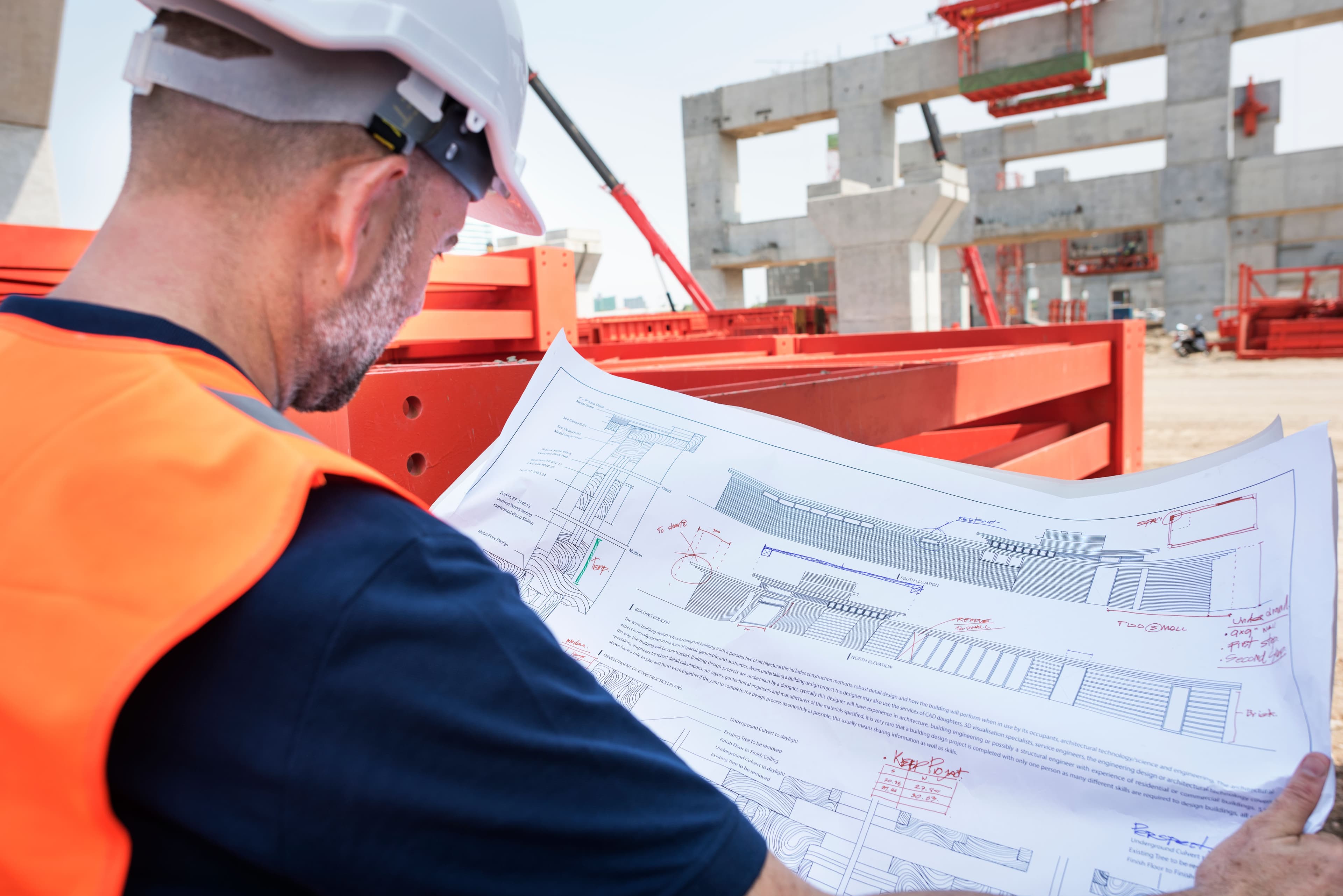
Blog
Top 10 Estimating Mistakes Costing You Thousands!
Estimating is a crucial aspect of any contracting business. A single mistake can result in massive financial losses, project delays, and unsatisfied clients.
Investing in precise estimating practices ensures you’re not only competitive but also set up for long-term success in the construction industry.
Why you need Accurate Cost Estimation:
Improved Budget Control: Helps keep your costs in check and ensures you stay within budget.
Higher Profit Margins: This enables you to price projects effectively while maintaining healthy margins.
Minimized Risk of Overruns: Foresees potential cost increases and prevents unexpected expenses.
Better Decision-Making: Allows you to evaluate project viability and make smarter resource decisions.
Stronger Client Relationships: Builds trust and transparency, leading to repeat business.
Faster Project Approval: Speeds up client sign-offs by providing clear, well-structured estimates.
Efficient Resource Allocation: Optimizes scheduling, labor, and material use to reduce downtime.
Competitive Advantage: Gives you an edge over competitors with more accurate bids.
Increased Referrals: Satisfied clients are more likely to refer your services.
Smoother Execution: Helps prevent delays and issues during project execution.
Learn in detail about construction cost estimation
Below are the top 10 estimating mistakes that contractors often make, along with real-world examples and tips to avoid them.

1. Inaccurate Quantity Takeoffs
A quantity takeoff is an essential step in the estimating process where you list all the materials needed for a project. Inaccurate takeoffs can lead to shortages or surpluses, both of which are costly.
Example: A contractor underestimated the amount of concrete needed for a foundation. This resulted in an emergency order at a higher price and delayed the project by a week, increasing labor costs.
Solution: Double-check all measurements and use software tools that help automate and verify the accuracy of your takeoffs.
2. Failing to Include All Costs
Overlooking indirect costs such as permit fees, insurance, and equipment maintenance can drastically affect the final project cost.
Example: A contractor who didn't include the cost of site permits had to bear an unexpected expense, reducing the profit margin significantly.
Solution: Make a comprehensive list of all potential expenses, including indirect costs, and review them before finalizing the estimate.
Learn about healthcare facility cost estimation project
3. Overlooking Labor Costs
Labor costs are often the most substantial part of a project budget. Underestimating labor hours or rates can lead to significant financial losses.
Example: A contractor estimated 200 labor hours for a project, but it took 300 hours due to unforeseen complexities. The extra 100 hours cost an additional $5,000, cutting into profits.
Solution: Use historical data and industry standards to make realistic estimates of labor hours and rates. Include a buffer for unexpected complications.
4. Ignoring Market Trends
Material prices can fluctuate due to market conditions. Failing to account for these changes can result in underestimating costs.
Example: A roofing contractor didn't account for a sudden spike in the price of asphalt shingles, leading to a $3,000 shortfall in budget.
Solution: Stay updated on market trends and factor in potential price increases when making estimates. Consider locking in prices with suppliers when possible.
5. Using Outdated Cost Data
Costs for materials and labor change over time. Relying on outdated data can lead to significant discrepancies in your estimates.
Example: A contractor used cost data from a year ago for a current project, resulting in a $2,000 underestimation.
Solution: Regularly update your cost databases and use real-time data to ensure your estimates reflect current market conditions.
6. Not Considering Contingencies
Unexpected issues like weather delays or unforeseen site conditions can impact the project timeline and costs. Not accounting for these can lead to budget overruns.
Example: A contractor faced unexpected soil issues during excavation, adding $10,000 to the project cost without a contingency plan.
Solution: Always include a contingency allowance in your estimates to cover unexpected expenses. A common practice is to add 10-15% of the project cost as a contingency.
7. Inadequate Scope Definition
Poorly defined project scope can lead to scope creep, where additional work is added without corresponding increases in budget.
Example: A contractor agreed to additional landscaping work without adjusting the original estimate, resulting in out-of-pocket expenses of $4,000.
Solution: Clearly define the project scope and ensure all parties agree to it. Use change orders to handle any scope modifications formally.
8. Misjudging Project Duration
Underestimating the project timeline can lead to increased labor and equipment costs, as well as penalties for late completion.
Example: A contractor planned for a 3-month project, which extended to 5 months, resulting in $10,000 in additional labor and equipment rental costs.
Solution: Use historical data and industry benchmarks to estimate realistic project durations. Include time buffers for unexpected delays.
9. Failing to Verify Subcontractor Quotes
Relying solely on subcontractor quotes without verification can lead to discrepancies and higher costs.
Example: A contractor accepted a low quote from a subcontractor without verification, resulting in poor-quality work and additional costs for corrections.
Solution: Verify subcontractor quotes by checking references and previous work quality. Consider obtaining multiple quotes for comparison.
10. Ignoring the Impact of Site Conditions
Not accounting for site-specific conditions like terrain, accessibility, and local regulations can lead to underestimated costs.
Example: A contractor underestimated the difficulty of accessing a remote site, leading to higher transportation and logistics costs.
Solution: Conduct a thorough site assessment before making estimates. Factor in all site-specific conditions that might affect the project.
Avoid making construction cost estimation mistakes
Avoiding these common estimating mistakes
Requires diligence, thorough planning, and the use of technology. By understanding and mitigating these errors, contractors can protect their profit margins and deliver successful projects.
Investing time in accurate estimating will pay off by avoiding costly surprises and ensuring smooth project execution.
Ready to get professional cost estimation services?
Accurate cost estimation is key to controlling budgets, increasing profits, and reducing risks. It empowers you to make smarter decisions, build stronger client relationships, and execute projects more efficiently.